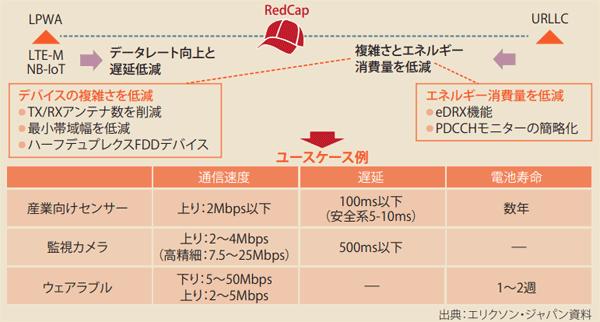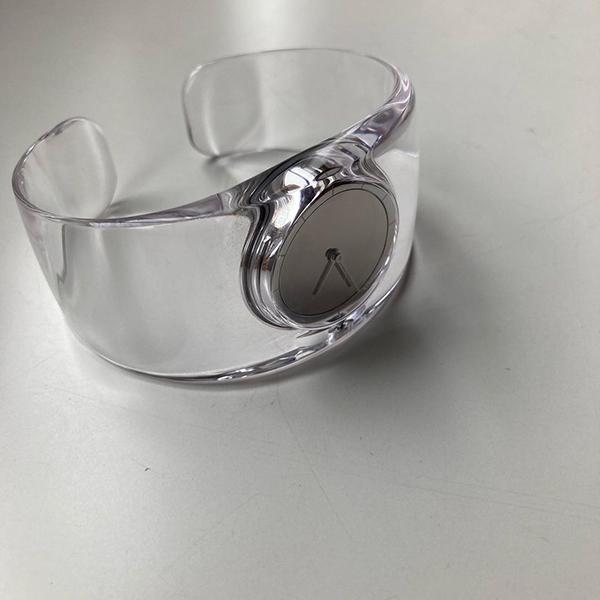Devices compatible with 5G standard "NR-RedCap" for IoT will appear in 2023: Between 5G NR and NB-IoT
"NR-RedCap (New Radio Reduced Capability)" is an updated specification that will be announced soon by the mobile communication standardization body "3GPP (3rd Generation Partnership Project)", ) is expected to promote the development of wearable devices such as smartwatches and Internet of Things (IoT) devices such as security cameras. These devices are now mostly offered on 4G/LTE networks.
RedCap is part of 3GPP's latest 5G update specification, "Release 17". The development of this specification was delayed by about nine months due to the novel coronavirus infection (COVID-19). At this time, the specifications are scheduled to be finalized in the second quarter of 2022, and the first commercially available devices with RedCap applied are expected to be released as early as mid-2023.
What are the specifications of "RedCap"
What are the specifications of RedCap? “Reduced Capability” means that 5G equipment with this updated specification requires less bandwidth. Current 5G NR radio access specifications support a channel bandwidth of 100MHz, but RedCap devices can operate at a much narrower 20MHz.
The background to the establishment of RedCap is that "for wearable devices and high-end IoT applications, we will define new NR devices that are not complicated, and use LPWA (Low Power Wide Area ) to provide data transmission speeds faster than technology”. RedCap units won't come close to multi-gigabit 5G NR devices in speed, but will be more affordable than current high-end 5G smartphones.

Sierra Wireless chief scientist Gus Vos believes that RedCap will offer a 5G NR version of its Cat4 LTE device. "Eventually, chipset prices are expected to settle at US$20 and transmission speeds between 30M and 80Mbps (bits per second)," Vos said.
``If that happens, the RedCap device will be a middle ground product between the multi-gigabit 5G NR chipset that costs several hundred US dollars and the NB-IoT chipset that will be released in the near future for less than US$10.'' (Mr. Vos)
Positioning of NR-RedCap (New Radio Reduced Capability) Source: Sierra WirelessThe RedCap chipset is also expected to be extremely miniaturized so that it can be implemented in wearable devices. While major consumer device makers such as Apple and Samsung Electronics have yet to announce wearable devices such as 5G smartwatches with RedCap chips, they are likely to be implemented in next-generation products.
In the future, it is expected that RedCap chips will also be used in medical wearable devices that currently use 4G/LTE chips and wearable devices that are trying to update from the declining 3G connection. be done.
Ericsson states that "RedCap chipsets will be used in 5G wearable devices, industrial wireless sensors, video surveillance cameras, etc." "The first RedCap chip will be a 'rehash' of the existing 5G NR chip, using a different front end, supporting limited bandwidth and reducing costs wherever possible," Vos said. I predict.
Instead of NR's standard four cellular antennas, it will take time to introduce a RedCap chip that supports both the sub-6GHz band and millimeter wave (mmWave) band with a single antenna. Vendors looking to ensure battery life for wearables with early RedCap chipsets aren't looking forward to it initially, Vos said. According to Vos, the "real RedCap" will be even smaller and have better battery life, but it's still going to take some time before it hits the market.
But by mid-2023, it is expected that early RedCap products will appear.
[Translation: Maki Takimoto, Editing: EE Times Japan]









